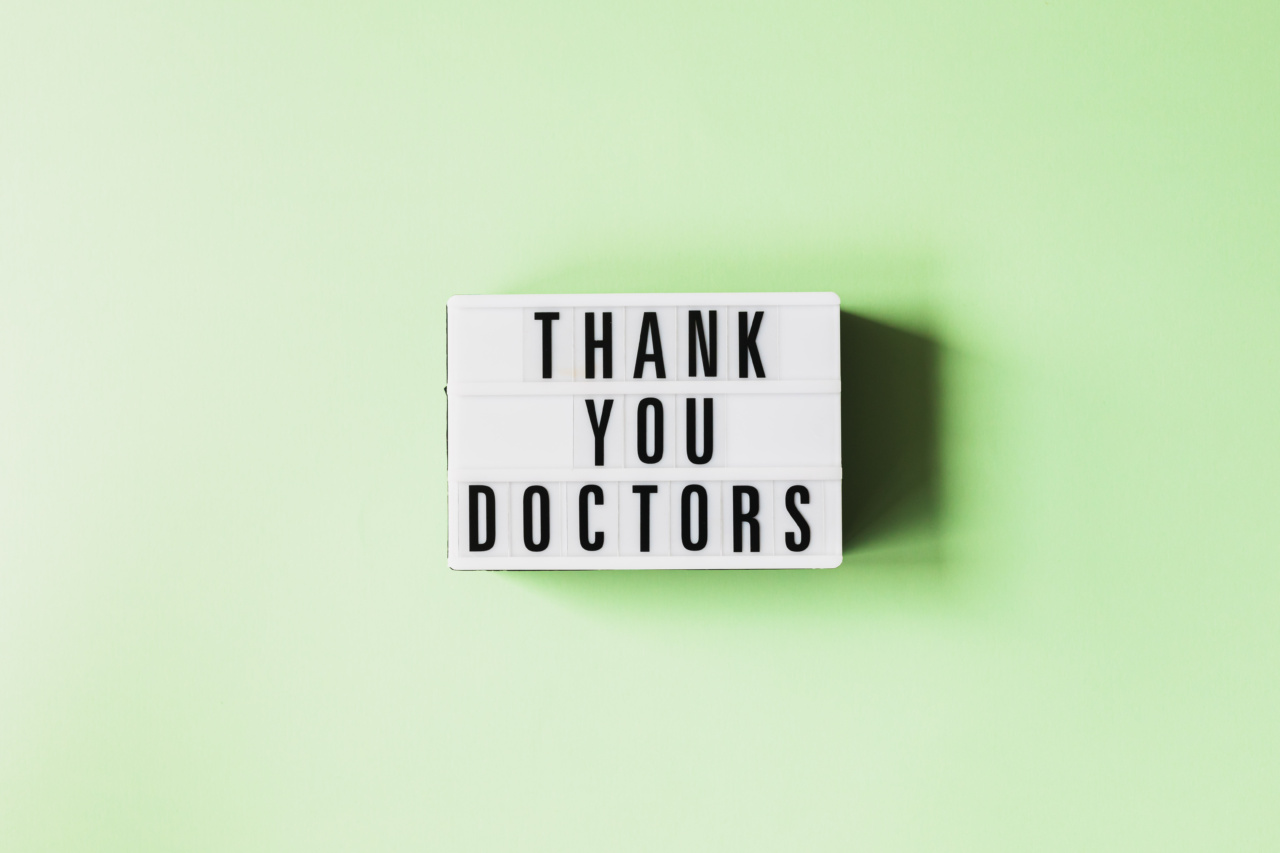As we age, we become more susceptible to a variety of health issues, from heart disease to joint problems to bone loss. Osteoporosis is a common condition that affects millions of people worldwide.
The good news is that there are ways to prevent and treat osteoporosis, but it’s important to be aware of the signs that your bones may be at risk. Here are some things to look out for:.
1. You’ve Recently Experienced a Fracture
A bone fracture can be a sign of weakened bones, particularly in older adults. If you’ve experienced a fracture from a minor fall or injury, it’s important to speak with your healthcare provider to determine if osteoporosis may be the cause.
In some cases, a bone density test may be recommended.
2. You Have a Family History of Osteoporosis
If your family has a history of osteoporosis, you may be at a higher risk for developing the condition as well. This is particularly true if a parent or sibling has experienced a fracture or loss of height due to osteoporosis.
Be sure to discuss your family history with your healthcare provider and take steps to prevent bone loss.
3. You Have a Small Frame
People with smaller frames tend to have less bone mass and may be at a higher risk for osteoporosis as they age.
Women who are under 5’4″ and men who are under 5’9″ are at a higher risk for osteoporosis than those who are taller.
4. You’ve Been Diagnosed with a Hormone-Related Condition
Hormonal imbalances are a common cause of bone loss. Conditions like hyperthyroidism, hypogonadism, and Cushing’s syndrome can all increase the risk for osteoporosis.
If you have been diagnosed with a hormonal condition, be sure to discuss your bone health with your healthcare provider.
5. You’ve Taken Steroids for an Extended Period of Time
Steroids like prednisone can damage bone tissue and increase the risk for osteoporosis. If you are taking steroids for an extended period of time, your healthcare provider may recommend additional testing to assess your bone density.
6. You Smoke or Drink Excessively
Smoking and excessive alcohol consumption can both have a negative impact on bone health. If you smoke or drink excessively, it’s important to take steps to quit or reduce your consumption to protect your bones.
7. You are Postmenopausal
Estrogen plays an important role in maintaining bone health in women. After menopause, estrogen levels decrease, leading to a higher risk for osteoporosis.
Women who are postmenopausal should speak with their healthcare provider about their bone health and any additional steps they can take to prevent bone loss.
8. You Are Not Getting Enough Calcium or Vitamin D
Calcium and vitamin D are essential for bone health, and a deficiency in either nutrient can increase the risk for osteoporosis. Be sure to consume plenty of calcium-rich foods like dairy products, leafy greens, and fortified cereals.
Expose your skin to sunlight and consider taking a vitamin D supplement if necessary.
9. You Lead a Sedentary Lifestyle
Exercise is an important way to maintain bone strength and prevent loss of bone mass. If you lead a sedentary lifestyle, you may be at a higher risk for osteoporosis.
Be sure to engage in weight-bearing exercises like walking, jogging, or weight training to protect your bones.
10. You’ve Experienced a Loss of Height
A loss of height can be a sign of bone loss due to osteoporosis. Be sure to discuss any changes in height with your healthcare provider and receive testing to determine if osteoporosis may be the cause.
Conclusion
While osteoporosis is a common condition, there are steps you can take to prevent and treat bone loss. Be aware of the signs that your bones may be at risk and speak with your healthcare provider about any concerns you may have.
With proper care, you can stay active and maintain strong, healthy bones for years to come.































